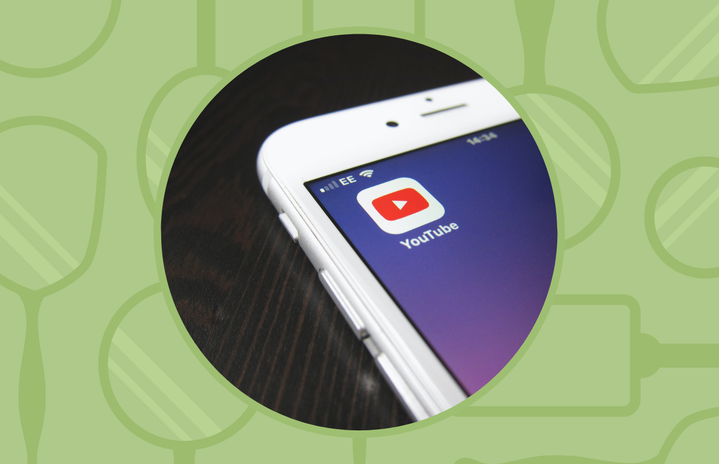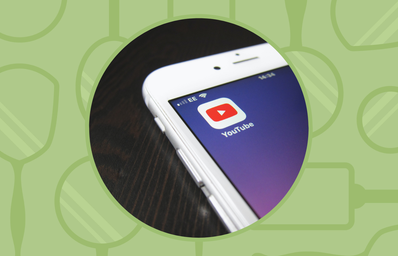Whether you’re a content creator or even just a typical tech-savvy person, going viral seems like the digital dream. Racking up millions of views, likes, and having the possibility of being launched into fame all make the process of posting a lot more alluring.
However, although it feels like a common goal among social media users, there’s still a lot of mystery over why certain videos skyrocket overnight, especially on platforms like YouTube Shorts, TikTok, and Reels, where it feels like the decision is completely random. The answer behind it, though, is kind of simple: the algorithm that works behind each app. And, as Gen Z turns once again to YouTube as a form of entertainment — Shorts has been growing with popularity, amassing 30 billion views per day — the understanding of how the distribution of content works has been important as ever. So, how does the YouTube shorts algorithm work?
What is an algorithm?
Mathematically, an algorithm is a set of instructions to be followed when solving calculations or problems, usually by computers or artificial intelligence. But, when applied to the dynamics of social media, this term gains a new meaning as it explains the way a specific platform sorts posts in its users’ feed.
Rather than chronologically, the mechanism filters content based on the relevancy and likelihood that the viewer will like that specific photo or video. Ever saw something pop up in your feed or FYP right after you searched for it on Google? Well, that’s the algorithm working for ya.
Recommended YouTube videos, the assortment of TikToks you see, and the photos included in your Instagram Explore page are curated by this system, based on your previous likes, the people you follow, hashtags you seem to like the most, and so on and so forth. It’s all related to your internet behavior.
That’s why everyone seems to want to “crack” the algorithm: It brings you closer to your target audience and, therefore, increases the chances of users interacting with your activity.
How does the YouTube Shorts algorithm work?
The question still stands: How does the mechanism work specifically for YouTube Shorts — and can we work it towards our advantage?
In a Q&A session for Creator Insider, Pierce Vollucci, a product manager for YouTube, touched upon the backstage workings of YouTube Shorts, its short-form video-sharing section. To sum it up, what determines Shorts’ algorithm is a person’s viewing history and the accounts they engaged with.
According to the video, each type of video has its own recommendation algorithm. “We separate Shorts and long-form content from watch history,” he explained. “So when someone discovers a new channel via Shorts, we’re not currently using that to inform what longer videos are recommended to them outside of the Shorts experience.”
However, established creators might see that Shorts helps in their overall engagement: Channels that used to work with long-form and started to make short-form videos seemed to be growing faster, according to Vollucci.
Ultimately, though, every Short is “given the chance to succeed,” despite the number of videos or subscribers in a channel. The performance is determined by the audience’s interaction (such as likes and comments) and decision to watch and not skip a video in the feed.
But if you’re hoping to make it big on Shorts overnight, you’ll want to keep in mind that this type of engagement is something that is built over time. Starting Shorts when you have a big following is much easier.
How is the algorithm different for TikTok and Reels?
Like YouTube, Instagram’s algorithm determines what Reels are shown to certain users. It takes into account the posts and hashtags you’ve engaged with in the past, the topics you seem to like (and yep, even the accounts you’ve stalked before), recommending them in your Explore page.
The interaction with your content also plays a huge part here. If a creator has a steady and loyal following that consumes their posts, it’s more probable that their Reels will be recommended to others and go viral. The difference, though, is that Instagram values recent posts, so new uploads are prioritized.
Viral video titan TikTok also chooses what goes in each FYP page. To make it highly personalized according to each viewer’s interest, the app is known for its niche communities — which are organized, you guessed it, based on each account’s behavior.
Like Reels and Shorts, the app’s algorithm considers users’ activity. Likes, comments, profiles followed, and content created all play a role in what will be shown to you. What’s particular to TikTok is that the video information (like the subtitles’ keywords, hashtags, and trending audios) is also part of the algorithm.
In summary, it’s clear that all of them work pretty similarly.
So, is it harder to go viral on YouTube Shorts than TikTok or Reels?
The answer is… Not really. The algorithm that determines what goes viral isn’t so different to the ones seen in other social media.
Understanding more about the mechanism, though, seems to be the closest thing to figuring out the magic behind going viral, right?


